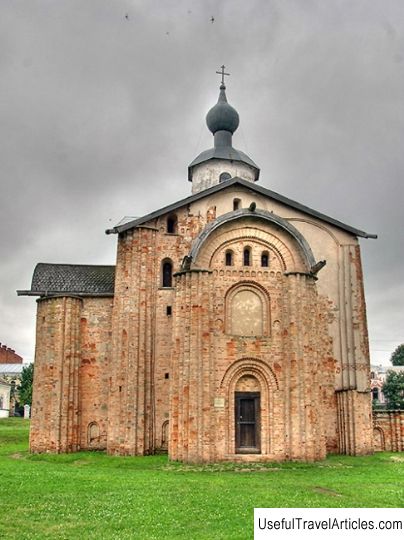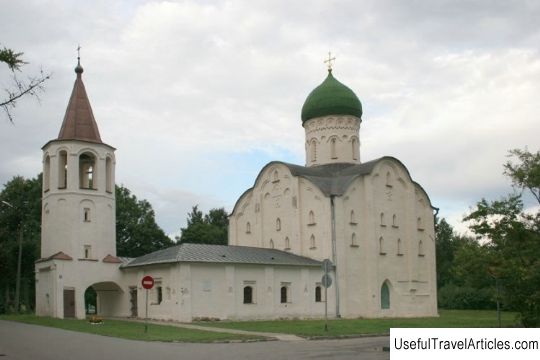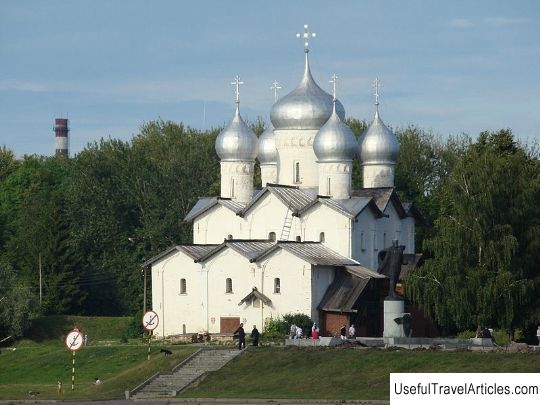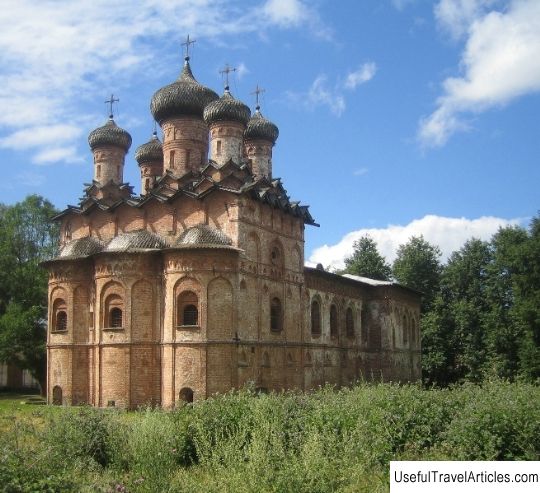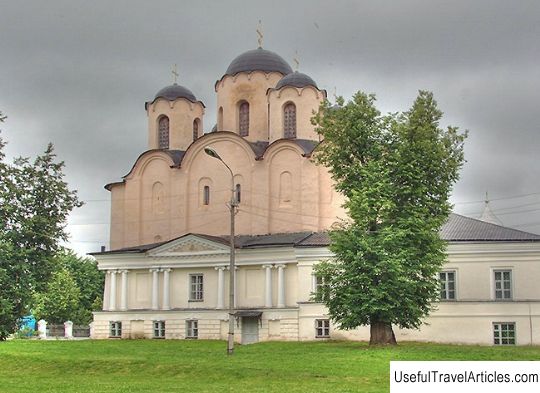Vlasyevskaya church description and photo - Russia - North-West: Veliky Novgorod
Rating: 8,2/10 (2031 votes) 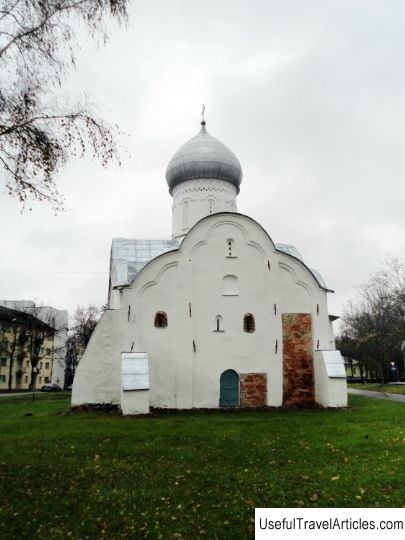
Vlasyevskaya church description and photos - Russia - North-West: Veliky Novgorod. Detailed information about the attraction. Description, photos and a map showing the nearest significant objects. Photo and descriptionIn Veliky Novgorod there is an ancient church of St. Blasius. It is located in the northern part of Lyudin's end, which is 250 meters from Novgorod Detinets, at the intersection of three streets: Bolshaya Vlasyevskaya, Meretskov-Volosov and Kaberov-Vlasyevskaya. Several centuries ago, when it was just built, the church was located on Volosov Street. And then it was a wooden building. In antiquity in Russia there was a veneration of St. Blasia as the patron saint of cattle. This Christian cult has absorbed the features of an older worship of the pagan god Veles or Volos. He was an idol among the ancient Slavs, who considered him the patron saint of cattle. There is such a possibility that in ancient times an idol of this pagan god was erected on this place. And then, over time, the Church of Blasius was built here. This happened when Orthodoxy was adopted in Russia, and pagan idols began to be destroyed everywhere. Then the street changed its name. Now it began to be called not Volosova Street, but Vlasyevskaya. As for the date of construction, the first wooden church was erected in 1184. Some chronicle sources also point to 1379. The stone church was built in 1407 as a cathedral; the chapel on the choir was named after the righteous Joachim and Anna. In 1775 the church was rebuilt. The choir was removed so that the church was better lit. A warm Jacob's boundary and a three-tiered bell tower were added to the western part. The wooden top was rebuilt only in 1852. John's limit was added in 1853. Over time, the roof of the temple is changed. It becomes hipped. The windows are expanding. In the twenties of the nineteenth century, the bastions and the moat of the Small Earth Town collapsed. Therefore, the church finds itself on a huge open Sophia square, in its southern part. The church received significant destruction during the Great Patriotic War during a fire. In the mid-forties of the twentieth century, the bell tower and the narthex were dismantled in the church. At that time, they even wanted to demolish this structure. According to the city authorities, buildings destroyed during the war put the townspeople in depression and interfered with public transport. The ruins spoiled the view of the city. That is why it was necessary to get rid of them urgently. In terms of demolition, the government had several ancient buildings, including the Church of Blasius. And only thanks to the intervention of the Moscow and Leningrad scientific community, which protested actively against the demolition of an ancient monument of Russian history, the demolition was canceled. Within five years (1954-1959), the church was restored. The architect was D. M. Fedorov. The church was restored only in the forms of the fifteenth century. With difficulty, the vaults and the dome were recreated, practically from ruins. Since they were almost completely destroyed, after restoration they acquired a completely different look. It was no longer the same church. Its plan resembled an older building. In 1974, the central part of the western facade collapsed. Now you can see the remains of an old fresco above the northern portal. It is called the Hieromartyr Blasius. Currently, the church is a striking monument of Novgorod architecture of the early fourteenth century. This building is small, with one dome, square. Its facades have three-bladed ends. Since the restoration of the church followed the ancient traces, the original windows were restored. They were like that in the fourteenth century - wide and with a pointed arch. In addition, parts of ancient portals with pointed ends were found.        We also recommend reading Czartoryski Museum of Art (Muzeum Czartoryskich) description and photos - Poland: Krakow Topic: Vlasyevskaya church description and photo - Russia - North-West: Veliky Novgorod. |
